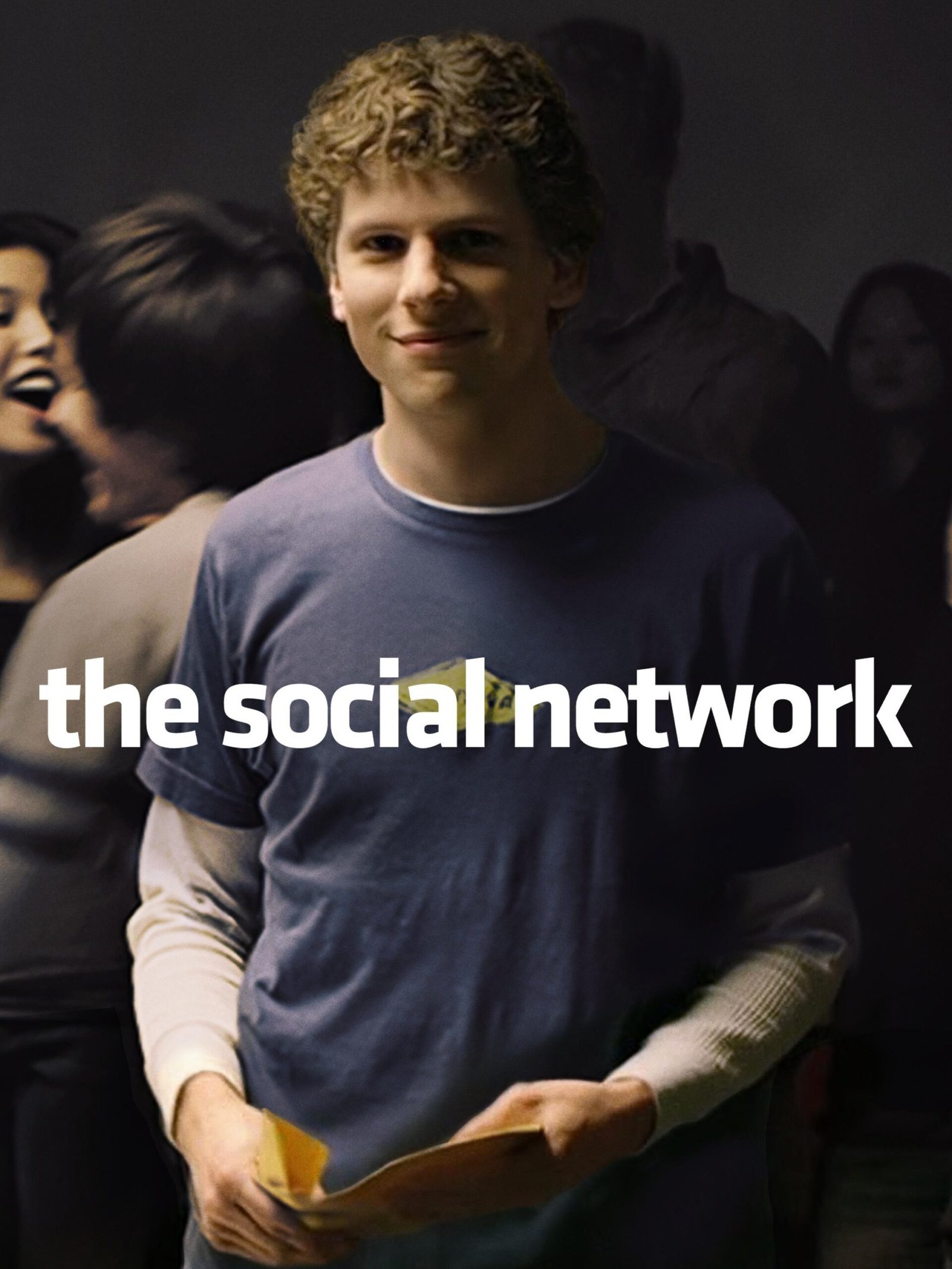A Spectacle of Resilience and Teamwork Behind the Scenes
The Greatest Showman (2017), directed by Michael Gracey and starring Hugh Jackman, is a film inspired by the life of P.T. Barnum, a visionary entrepreneur and showman who revolutionized entertainment in the 19th century. Beyond its visual and musical appeal, the film offers profound reflections on workplace aspects such as leadership, teamwork, inclusion, and resilience in the professional realm. This report analyzes these themes, highlighting how Barnum’s story can offer valuable lessons for the modern workplace.
Visionary Leadership
One of the most notable aspects of The Greatest Showman is P.T. Barnum’s visionary leadership. Throughout the film, Barnum demonstrates an exceptional ability to inspire his team and overcome challenges, reflecting transformational leadership in today’s work environment. This type of leadership is characterized by the ability to inspire and motivate employees to achieve shared goals beyond their individual interests.
Barnum not only had a clear vision of what he wanted to achieve—creating a never-before-seen spectacle—but he was also able to communicate that vision to his team, generating a sense of collective purpose. This communication ability is fundamental in any work environment. Studies show that leaders who can convey a clear and compelling vision are more effective in mobilizing their teams and generating high collective performance.
However, Barnum’s leadership is not perfect. As the film progresses, his ambition becomes an obstacle, leading him to make decisions that prioritize personal success over the well-being of his team. This shift underscores the importance of balance in leadership: an effective leader must be ambitious but not at the expense of the team. Today, many companies face similar challenges, where balancing corporate success and employee well-being is key to sustainable leadership.
Inclusion and Diversity: A Competitive Advantage
The Greatest Showman also prominently addresses themes of inclusion and diversity. Barnum recruits people marginalized by society due to their appearance or unique abilities and turns them into the stars of his show. This approach highlights how including different perspectives and skills can be a source of innovation and success in any work environment.
The film reflects how, by integrating diversity, Barnum not only challenges social norms but also finds a competitive advantage that allows him to stand out in a saturated market. In the current context, many organizations recognize the importance of diversity and inclusion, not only as a matter of social responsibility but as a key strategic component for long-term innovation and sustainability.
However, the film also shows the tensions that arise from diversity. The characters face discrimination and prejudice both inside and outside the circus, highlighting the challenges many companies face today in trying to create an inclusive environment. For inclusion to be effective, organizations must adopt clear policies and foster a culture that celebrates diversity and combats prejudice.
Teamwork: The Strength of the Collective
Teamwork is another central theme in The Greatest Showman. The success of Barnum’s circus would not have been possible without the collaboration and commitment of his team, which comes together to overcome prejudice and adversity. This collective element is crucial in any organization, where success is rarely the result of individual effort but the sum of diverse and complementary contributions.
The Film Illustrates How Barnum Initially Focuses on His Personal Ambitions
The film illustrates how Barnum initially focuses on his personal ambitions, neglecting the value of the team. However, after several failures and the temporary loss of his show, Barnum realizes that his true success depends on the support and loyalty of his team. This lesson is applicable to any work environment: cohesion and collaboration within a team are fundamental to overcoming challenges and achieving success.
Teamwork in The Greatest Showman
Teamwork in The Greatest Showman also highlights the importance of trust and mutual respect. Every team member, from the most visible to the most marginal, has a crucial role to play. The film’s culture of mutual support and recognition is an example of how to build an effective team in the workplace. In today’s organizations, fostering an environment of trust and mutual recognition not only improves performance but also increases employee satisfaction and commitment.
Resilience and Overcoming: Learning from Failure
Resilience is an essential characteristic highlighted in The Greatest Showman. Barnum faces multiple failures throughout the film, from losing his initial job to seeing his circus destroyed by fire. However, his ability to recover and move forward is what ultimately leads him to success. This resilient approach is vital in today’s work environment, where the ability to adapt and learn from failures is a determining factor for professional and organizational growth.
The film teaches that failure is not the end but an opportunity to learn and improve. In a work environment, resilience allows employees and leaders to face challenges and adapt to unexpected changes. This capacity for recovery is increasingly valued in the business world, especially in a context where economic crises, technological advances, and market changes are constant.
Moreover, resilience in The Greatest Showman is not only individual but also collective. Barnum’s team shows a remarkable ability to come together and rebuild their show after each setback, highlighting the importance of leadership that fosters resilience not only in individuals but throughout the organization.
Lessons for the Modern Workplace
The Greatest Showman offers multiple lessons for the contemporary work environment. Firstly, it highlights the importance of leadership that balances vision with responsibility towards the team. Today’s leaders must inspire and guide their teams towards ambitious goals without losing sight of collective well-being and work ethics.
Secondly, the film underscores the value of inclusion and diversity as drivers of innovation and success. Organizations that integrate different perspectives and skills are better positioned to face the challenges of the global market. However, it is essential that this diversity is managed effectively, fostering an environment of respect and collaboration.
Teamwork is another key lesson. Success in any organization depends on cohesion, trust, and mutual respect among team members. Fostering a culture of support and recognition is fundamental to building strong and effective teams.
Finally, The Greatest Showman highlights the importance of resilience. In a constantly changing work environment, the ability to adapt, learn from failures, and move forward is crucial for both individuals and organizations. Resilience not only allows overcoming adversities but also drives long-term innovation and growth.
The Greatest Showman is more than just an entertaining movie; it is a story with profound lessons for the workplace. Through its narrative on leadership, inclusion, teamwork, and resilience, the film offers a mirror in which organizations and professionals can reflect to learn and improve. In a world where change is the only constant, Barnum’s teachings on how to face challenges, lead with vision, and build strong teams are more relevant than ever. By applying these lessons, both leaders and employees can create more inclusive, innovative, and resilient work environments capable of thriving in any circumstance.




